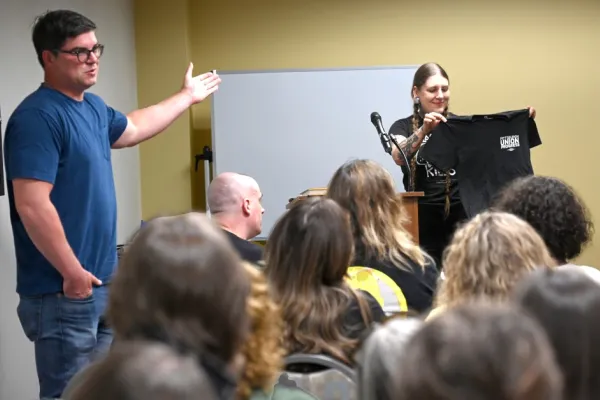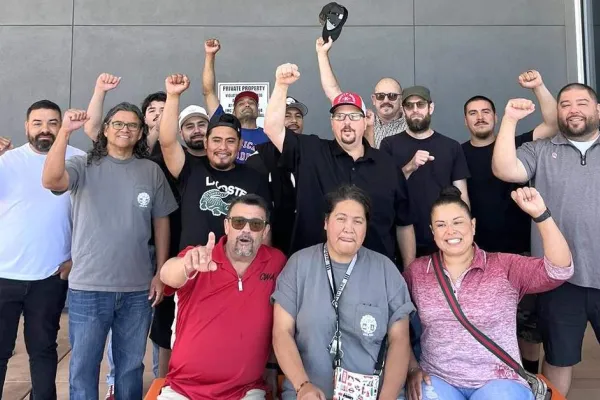November 25
Some 10,000 New Orleans workers, Black and White, participate in a solidarity parade of unions comprising the Central Trades and Labor Assembly. The parade was so successful it was repeated the following two years - 1883
Teachers strike in St. Paul, Minn., the first organized walkout by teachers in the country. The month-long “strike for better schools” involving some 1,100 teachers—and principals—led to a number of reforms in the way schools were administered and operated - 1946
(In Reviving the Strike: How Working People can Regain Power and Transform America, author Joe Burns says if the American labor movement is to rise again it will not be as a result of electing Democrats, the passage of legislation, or improved methods of union organizing. Rather, workers will need to rediscover the power of the strike. Not the ineffectual strike of today, where employees meekly sit on picket lines waiting for scabs to take their jobs, but the type of strike capable of grinding industries to a halt—the kind employed up until the 1960s.)
Nearly 1,550 typesetters begin what is to become a victorious 22-month strike against Chicago newspapers - 1947
 George Meany becomes president of the American Federation of Labor following the death four days earlier of William Green - 1952
George Meany becomes president of the American Federation of Labor following the death four days earlier of William Green - 1952
Canadian postal workers, protesting a Post Office decision to offer discounts to businesses but not individuals, announce that for one week they will unilaterally reduce postage costs by about two-thirds. Declared the Canadian Union of Postal Workers: “(M)embers of the general public, not businesses, can mail letters with 10 cents postage and postal workers will process them without taxing them for insufficient postage" - 1983
Pittsburgh Post-Gazette Faces Contempt Charges in Losing Battle to Deny Strikers’ Health Care
NewsGuild Members Battle on Two Fronts in New York


